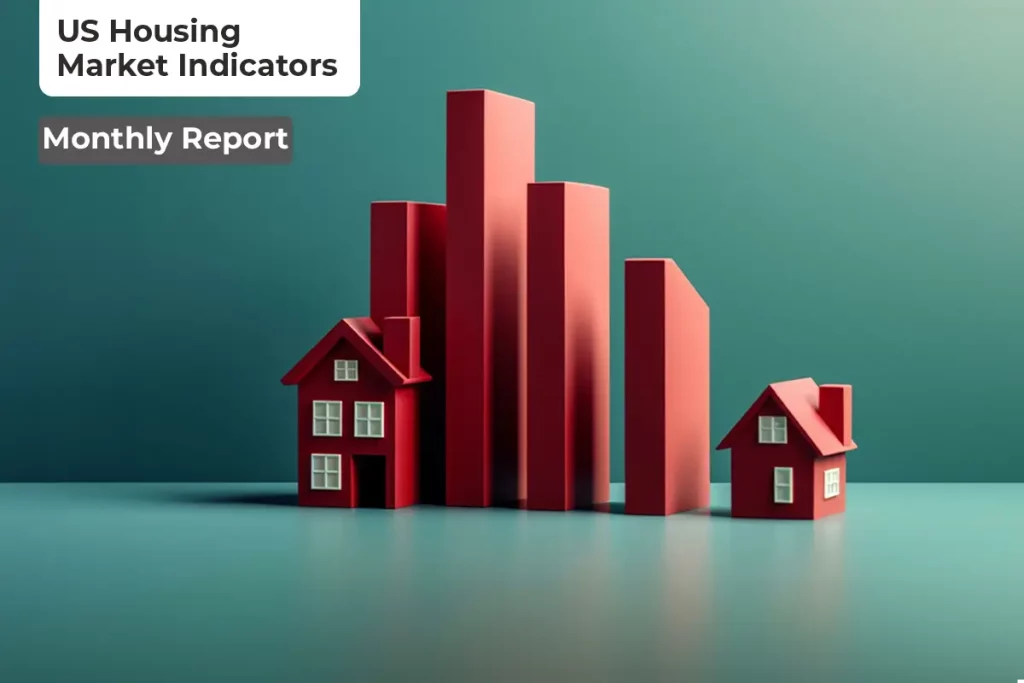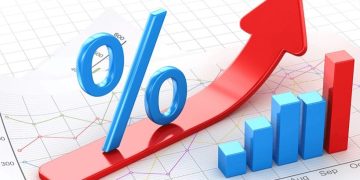Introduction: A Critical Analysis of the US Housing Market’s Performance Post-Pandemic and What Lies Ahead in 2025
The US housing market has experienced a whirlwind of highs and lows over the past few years, largely driven by the economic effects of the COVID-19 pandemic. Initially, the pandemic led to a sharp downturn in housing activity, but as the economy recovered and low-interest rates made borrowing more affordable, the housing market rebounded with remarkable strength. However, as we approach 2025, many are questioning whether the boom can continue or if the market is primed for a correction.
The pandemic-driven housing surge has led to soaring home prices, a shortage of inventory, and record-low mortgage rates, creating a market that is now showing signs of potential instability. With inflation concerns, rising interest rates, and the continued challenges of the housing supply chain, it’s important to assess whether the current market is sustainable in the long term or if we are headed for a bubble similar to the one that caused the 2008 financial crisis.
In this article, we’ll explore the key factors shaping the housing market in 2025, from price trends to supply and demand issues, as well as the risk of another housing bubble and what the future holds for prospective homebuyers and investors.
Price Trends: Examining Home Price Increases, Mortgage Rates, and Regional Disparities in Housing Demand
Home Price Increases: The US housing market has seen dramatic home price increases over the past few years. From 2020 to 2022, the average home price rose by nearly 20% per year in many parts of the country. These increases were driven by a combination of historically low mortgage rates, remote work shifting people’s preferences for larger homes, and a booming demand for suburban living.
However, in 2023, the Fed’s decision to raise interest rates to combat inflation led to a cooling off of the housing market, causing home price appreciation to slow significantly. In 2024, while price growth has tapered off, home prices remain elevated, and inventory levels are still low, making it challenging for many potential buyers to enter the market.
Mortgage Rates: The surge in mortgage rates, largely as a result of the Fed’s tightening policies, has been one of the most significant factors in the housing market’s slowdown. By mid-2024, the average 30-year fixed mortgage rate had climbed to 7%, up from just under 3% in 2020. These higher rates make it more expensive for buyers to finance homes, which has dampened demand, particularly in the higher-end segments of the market.
The rapid rise in rates also means that many current homeowners are “locked in” to their low-interest mortgages, reducing the number of homes listed for sale. This shortage of available homes has further exacerbated affordability challenges and has prevented prices from falling even more sharply.
Regional Disparities: The housing market in the US is not uniform. Some regions are experiencing significant price increases, while others are seeing price stabilization or even declines. Sunbelt states like Texas, Florida, and Arizona continue to see strong demand due to population growth and relatively lower housing prices, while Northeastern and Midwestern markets are experiencing slower growth, reflecting a broader trend of migration from high-cost, high-tax states to more affordable regions.
For example, cities like Austin and Phoenix have seen home prices skyrocket as people from more expensive metropolitan areas like San Francisco and Los Angeles move in search of more affordable housing. On the other hand, cities like New York and San Francisco are seeing slower price growth due to factors like a high cost of living, limited space, and some population exodus post-pandemic.

Supply and Demand: The Ongoing Housing Shortage, Rising Construction Costs, and How These Factors Are Pushing Homeownership Out of Reach for Many Americans
Housing Shortage: One of the most significant contributors to the high prices in the US housing market is the persistent housing shortage. Builders have struggled to keep pace with demand due to regulatory hurdles, a lack of available land, and supply chain issues, particularly for essential construction materials like lumber, steel, and concrete. The US has long been facing a shortfall in housing supply, but the pandemic exacerbated this problem by slowing new construction projects and making it difficult to find skilled labor.
As of 2024, estimates suggest that the US needs an additional 3-4 million homes to meet demand, with much of that shortfall being felt in the affordable housing market. This has created a situation where many first-time homebuyers and lower-income families find themselves priced out of the market.
Rising Construction Costs: In addition to the labor shortage, the cost of materials has skyrocketed, driven by both supply chain issues and inflation. Lumber prices have been volatile, and other construction materials like steel and concrete have also seen price hikes. These increased costs have made it more expensive to build new homes, further constraining supply and pushing home prices higher. Builders are increasingly focusing on luxury and high-margin homes, leaving the affordable housing market underserved and leaving many potential buyers without options.
Labor Market Issues: The construction industry also faces ongoing labor shortages, particularly for skilled trades like carpenters, electricians, and plumbers. These shortages, combined with higher wages for available workers, increase the overall cost of building new homes, further exacerbating the affordability crisis.
Risk of a Bubble: Assessing the Possibility of a Housing Market Bubble, and Comparing Current Trends to the 2008 Financial Crisis
Comparing to 2008: Many experts are wary of drawing direct comparisons between today’s housing market and the 2008 financial crisis. However, there are some concerning signs that suggest the market may be experiencing a bubble. First, like in the run-up to the 2008 crash, home prices are increasing rapidly relative to wages, making homeownership less accessible to middle-class Americans. Furthermore, the surge in speculative buying, particularly in areas with high price appreciation, raises the possibility that some markets are overvalued.
Unlike in 2008, however, the housing market is not driven by risky mortgage lending practices or a massive build-up of subprime loans. The mortgage market today is more tightly regulated, and lending standards have remained stringent. Additionally, the housing market is not flooded with unsold inventory, and homebuyers tend to have more equity in their properties than in the years leading up to the crash.
That said, a bubble could still be forming in certain areas, particularly those where prices have skyrocketed in a short period. If economic conditions worsen or mortgage rates continue to climb, the market could face a correction.
Inflation and Economic Pressures: Another factor to consider is the ongoing inflationary pressures that continue to erode purchasing power. As inflation outpaces wage growth, even higher-income households may struggle to afford rising home prices, particularly if mortgage rates continue to climb. This could cause demand to soften and lead to price declines in overvalued markets.
Outlook: Will the Housing Market Stabilize, or Are We Heading Towards Another Downturn in 2025?
As we look ahead to 2025, the outlook for the US housing market remains uncertain. Several key factors will determine whether the market stabilizes or whether we are headed for a downturn:
Interest Rates: The Federal Reserve’s monetary policy will play a crucial role. If inflation continues to be a concern and the Fed hikes rates further, it could lead to a slowdown in the housing market as borrowing costs rise. However, if inflation moderates and the Fed shifts to a more dovish stance, it could help reignite demand and stabilize home prices.
Supply Chain and Construction Issues: The construction industry will need to address its labor shortages and supply chain issues to meet the growing demand for homes. However, if these issues persist, housing supply will remain constrained, which could keep prices elevated.
Market Corrections: In some overvalued areas, a market correction seems inevitable. If housing prices continue to grow too rapidly in certain regions, it could lead to a price correction or even a downturn, particularly if the economy faces a slowdown in 2025.
In conclusion, while the US housing market is not likely to crash in the same way it did in 2008, there are risks to consider, including potential price corrections in certain areas and the broader impact of rising interest rates. The key will be balancing supply and demand, addressing affordability challenges, and navigating economic headwinds. For prospective homebuyers, investors, and policymakers, 2025 will be a crucial year in determining the direction of the housing market.









































